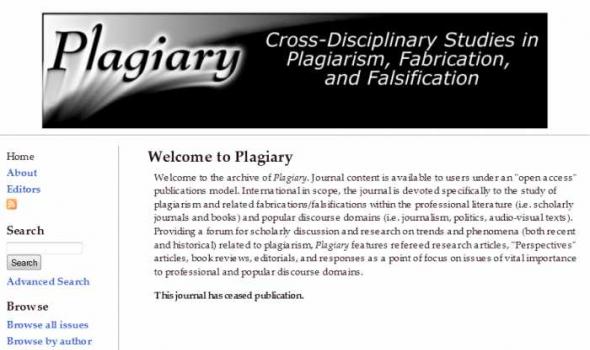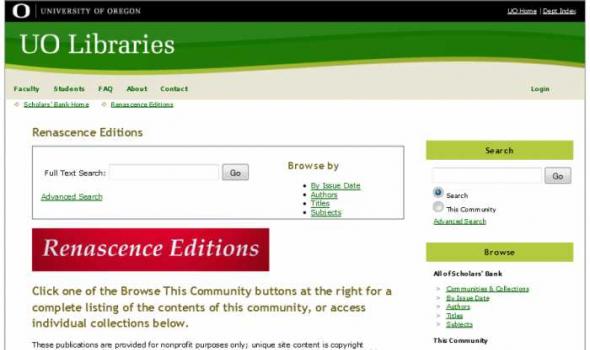Christianity
The Rev. Claude L. Pickens, Jr. Collection on Muslims in China Do Not Divide Moslems and Chinese "Along the Old Silk Road to Europe. East Gate, Hao Tien" (CP02.29.03) from The Rev. Claude L. Pickens, Jr., Trip to Northwest China , photograph album, p. [29] Over 1000 photos of Muslims and Christian missionaries working among them in Western China in the 1920s and 1930s form the core of this collection, which is supplemented by several hundred books, pamphlets, broadsides, etc., in several languages. Gift of Rev. Claude L. Pickens, Jr. in memory of Joseph Fletcher Professor of Chinese and Inner Asian History at Harvard University. The albums and photographs can be viewed in the VIA online catalog.
Canon Law UCLA's Charles E. Young Research Library is fortunate to have a complete set of the 1582 Corpus Juris Canonici , the "Body of Canon Law." These three volumes contain not only the medieval collections of laws—notably, Gratian's Decretum (ca. 1140), Gregory IX's Liber Extra (1234), and Boniface VIII's Liber Sextus (1298)�but also the elaborate Ordinary Glosses and further commentaries on the laws that take up the vast inner margins, with further annotations on outer margins. These glosses, which are absolutely essential to historians of law, have not been reprinted since the seventeenth century, and copies are scarce.
About Us Parliament Week (31 October - 6 November 2011) Crossing Borders: Hebrew Manuscripts as a Meeting-place of Cultures The Bodleian Library�s winter exhibition tells the story of how together Jews, Christians and Muslims have contributed to the development of the book. Crossing Borders: Hebrew Manuscripts as a Meeting-place of Cultures draws on the Bodleian�s Hebrew holdings, one of the largest and most important collections of Hebrew manuscripts in the world. Covering a time span of 300 years between the thirteenth century and fifteenth century, the exhibition brings to light different aspects of Jewish life in a non-Jewish medieval society.
The diverse collections of The Minneapolis Institute of Arts include thousands of works of art that were made for worship or religious ritual. Historically, people have lavished the finest materials and workmanship on those things that represented their most deeply held beliefs. The works of art included here were selected because they illustrate the main theological concepts of the world's major religions. The texts attempt to provide concise overviews and are intended to serve as comparative teaching resources. Each entry was reviewed by a knowledgeable practitioner and/or ordained clergy of that faith.























